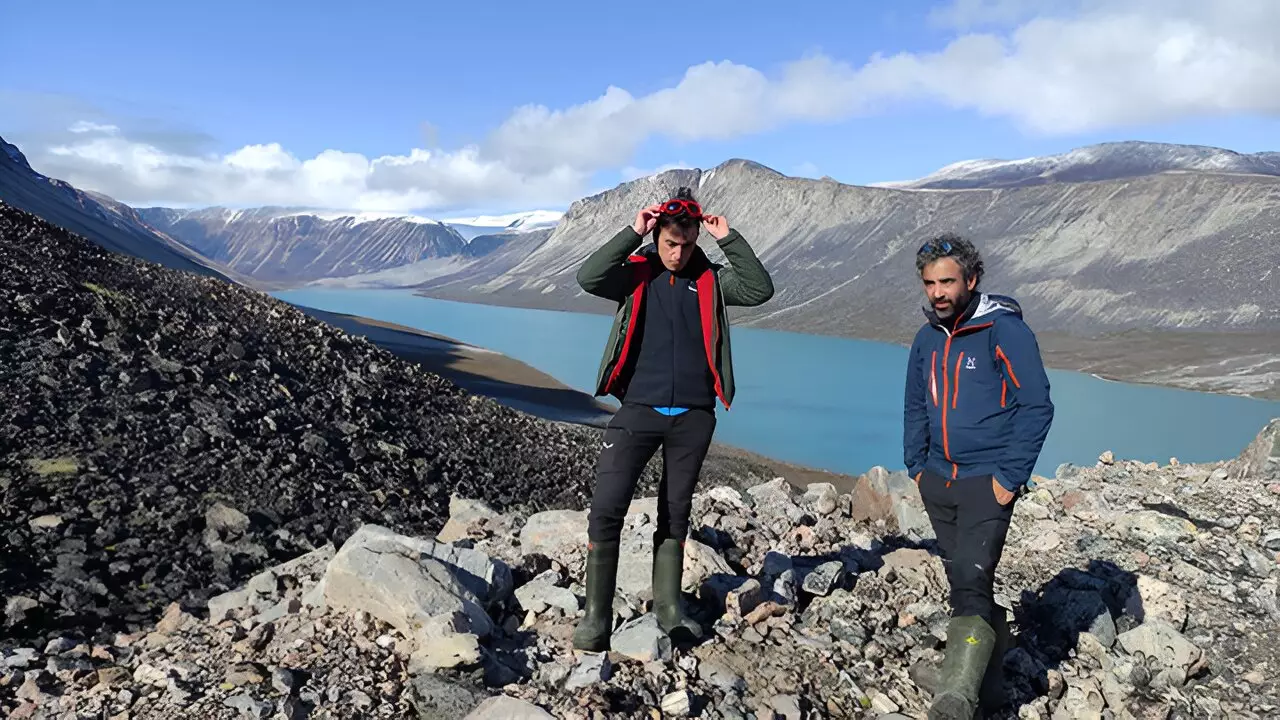Climate change manifests in various forms, but few phenomena are as alarming as the accelerating melt of ice in Greenland. Research indicates that this situation is not a localized issue; its repercussions extend far beyond the Arctic region, threatening global climate stability, including significant implications for Europe. A recently published study from the University of Barcelona underscores the growing frequency of extreme melting episodes, raising urgent questions about the future of our planet.
According to the comprehensive study conducted by the Antarctica, Arctic, and Alpine (ANTALP) research group, there’s been an alarming increase in the frequency of extreme melting episodes in Greenland during summers from the mid-20th century to the present. The team analyzed data from 1950 to 2022 and found that extreme melt events—periods characterized by rapid ice and snow loss—have doubled in occurrence when compared to the period from 1950 to 1990. This dramatic escalation signals an accelerating crisis, as observed in significant years such as 2012 and 2019 when an astonishing 610 and 560 gigatons of ice respectively melted. To put this into perspective, this loss equates to millions of Olympic-sized swimming pools of water—an alarming metric that emphasizes the scale of the problem.
The findings from the study reveal an average annual loss of about 300 gigatons of meltwater between 1980 and 2010—an enormous volume, comparable to approximately 48 million Olympic-sized swimming pools each year. What’s particularly concerning is that about 40% of these melting episodes have been classified as extreme in recent decades, with the numbers peaking at 50% in the colder northern and northwestern regions of the island. Such patterns suggest a paradigm shift in what previously was understood about Greenland’s ice behavior.
The correlation between climate change and ice melting is well-established; however, the current research connects this melting phenomenon directly to rising global temperatures. The Arctic is warming at four times the global average due to increased greenhouse gas emissions. The study articulates that the patterns of extreme warmth pummel Greenland not only by increasing solar radiation but also by reducing the albedo effect—the natural reflectivity of snow and ice. By absorbing more heat, the disturbed atmospheric conditions sustain the Greenland ice cap in a state of continuous decay.
It’s important to understand that Greenland’s melting ice has implications that reverberate across the globe. The study explains that this melting contributes significantly to rising sea levels while simultaneously affecting atmospheric circulation patterns. These pronounced changes can alter weather conditions in Europe and influence socio-economic activities, potentially leading to increased climate extremes in the neighboring North Atlantic regions.
Researchers caution against underestimating the importance of prompt action. International climate reports predict an ominous rise in temperatures in the polar regions, exacerbating the trends observed in this research. The urgency for reducing greenhouse gas emissions cannot be overstated and becomes a crucial consideration to mitigate climate change impacts in the foreseeable future.
The alarming data emerging from Greenland serves as both a wake-up call and a vital reminder of the interconnected nature of our climate. It not only illustrates the dramatic effects of climate change on polar ice but also paints a more extensive picture of the risks we face worldwide. The patterns observed in Greenland could serve as a precursor for other regions, stressing the necessity for global action in emissions reduction. If we hope to alter the trajectory of climate change, the time for action is now—before the repercussions of inaction become irrevocable.


Leave a Reply